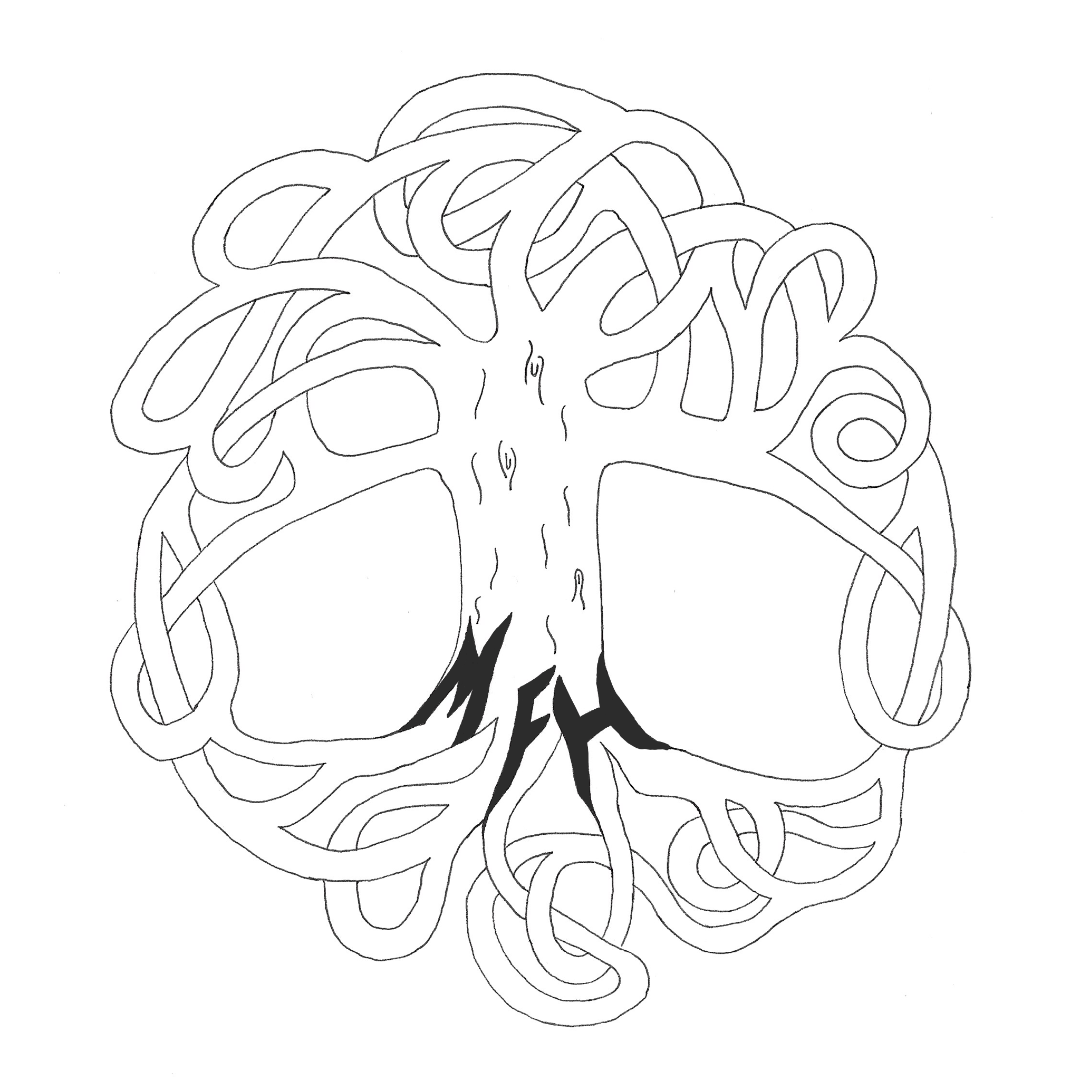The difference between ‘softwood’ and ‘hardwood’
All timber falls within two main categories: softwood and hardwood. The names imply that these materials are soft or hard, but this is not necessarily the case. The terms refer to the type of tree that the timber has been cut from, based on the cell structure of the timber.
Softwood comes from coniferous trees, which are generally evergreen, have needle-like leaves and in the case of pine trees, they produce pinecones.
Softwoods are generally used for carcassing (studwork, joist and rafters), high class structural work and joinery. This is mainly due to to their availability and relatively cheap cost compared to hardwoods.

Douglas Fir 
Cedar 
European redwood
Hardwood comes from deciduous trees. They are generally broad-leaved trees, which tend to lose their leaves in the autumn (but this is not always the case).
Hardwoods are used for heavy structural work, fine joinery and bespoke joinery. This is mainly due to the quality of the surface finish that is achievable, and the generally close decorative grain formation and pattern.

English Oak 
European Ash 
Sapele 
Beech 
Sycamore 
Mahogany

Next session… Understanding the timber conversion methods
